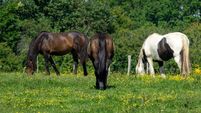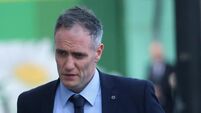Ireland’s voting allies not as clear as they once used to be

In crude terms, the common financing of the CAP was originally put in place to ensure a net transfer to France as a quid pro quo for opening its market to German industrial products, says CAP expert Alan Matthews.
But he questions if France will continue to defend the CAP so strongly in the future, because it has become a net contributor to the agriculture policy, after decades of being a net beneficiary.










